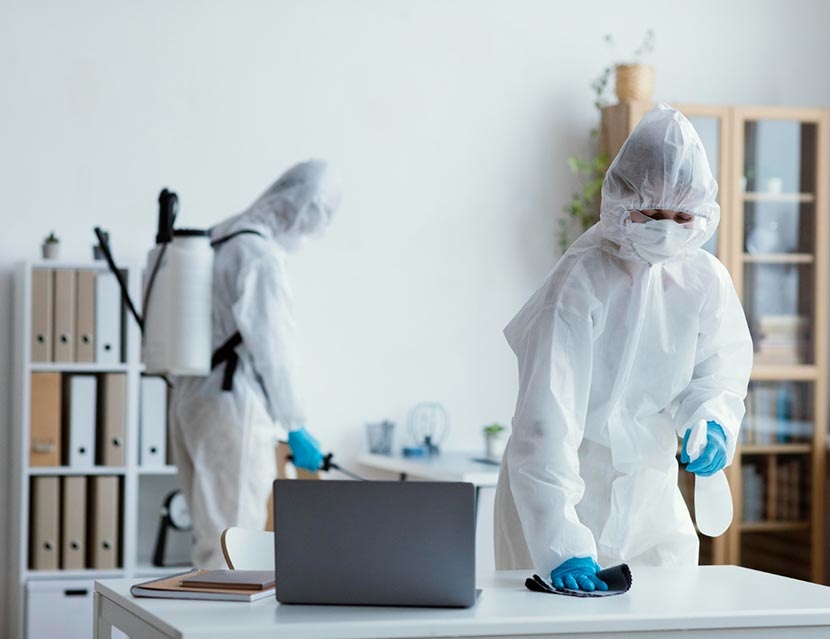When a crime scene disrupts the peace of Oklahoma City, the aftermath often involves biohazardous materials that require specialized cleanup. The first step in the process is a thorough assessment of the scene. Professionals meticulously document the affected areas, identify potential hazards like bloodborne pathogens, and determine the scope of the cleanup. Safety is paramount, and technicians don personal protective equipment (PPE) such as respirators, gloves, and Tyvek suits to protect themselves from exposure to harmful substances. This initial phase ensures the safety of everyone involved and provides a clear roadmap for the subsequent cleaning steps.
Removal of Biohazardous Waste
After a thorough scene assessment and the establishment of necessary safety protocols, the meticulous removal of biohazardous waste commences. This involves the careful handling of both visible contaminants, such as blood, bodily fluids, and tissue matter, alongside the often-overlooked contaminants that may have permeated porous surfaces. Trained technicians, equipped with appropriate personal protective equipment (PPE), diligently collect and dispose of these biohazardous materials in strict adherence to Oklahoma’s stringent regulations for medical waste disposal. Items that pose a challenge to effective decontamination, including absorbent materials like carpets, upholstery, or furniture, are carefully removed and disposed of responsibly. This critical step is paramount, not only for achieving comprehensive sanitation but also for preventing the potential spread of infectious diseases and safeguarding public health.
Cleaning and Disinfection
Following the removal of biohazardous waste, the affected areas undergo a rigorous cleaning and disinfection process. Professionals utilize specialized cleaning agents and equipment to thoroughly sanitize surfaces and eliminate any remaining pathogens. They pay particular attention to areas where blood or bodily fluids may have seeped into cracks, crevices, or porous materials. The goal is to completely eliminate any health risks and restore the scene to a safe and habitable condition. This stage often involves multiple applications of disinfectants and extensive scrubbing to ensure complete decontamination.
Odor Elimination and Restoration
In many cases, crime scenes leave behind lingering odors that can be emotionally distressing and difficult to eliminate. Professionals employ specialized techniques to neutralize and remove these odors, using equipment such as ozone generators or thermal foggers. Once the odor is addressed, the focus shifts to restoring the scene to its original condition, if possible. This may involve repairing damaged surfaces, replacing flooring or drywall, and repainting walls. The goal is to minimize the visible signs of the crime and help the affected property owners move forward.
Final Inspection and Documentation
The final step in the Crime Scene Cleanup oklahoma city process is a comprehensive inspection to ensure that all biohazardous materials have been removed and the area is thoroughly sanitized. Professionals conduct air quality testing and surface sampling to verify that the scene meets safety standards. They also provide detailed documentation of the cleanup process, including photographs, waste disposal manifests, and certificates of completion. This documentation serves as proof that the cleanup was performed to the highest standards and provides peace of mind to the property owners.

